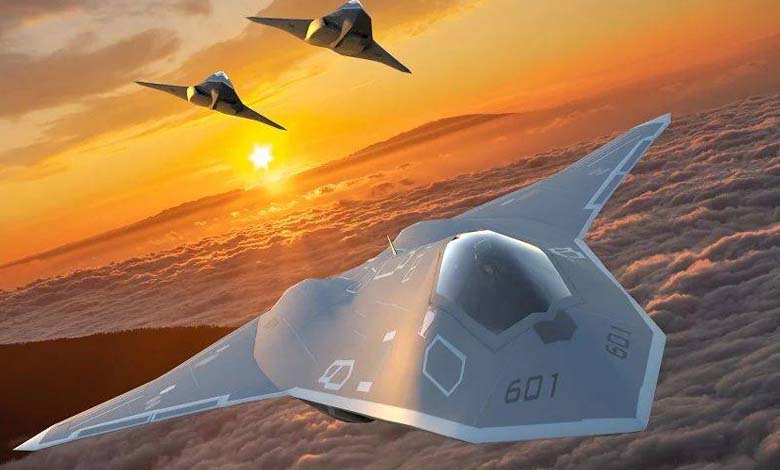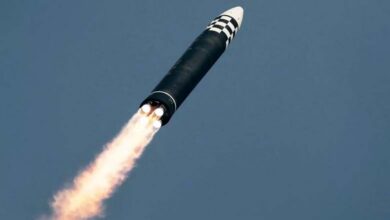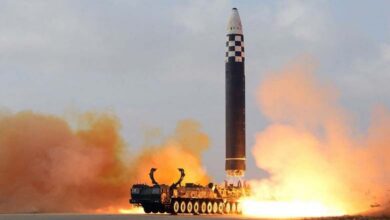NGAD: The American Sixth-Generation Fighter between Domination and Financial Drain

While major powers race towards sixth-generation fighters, the United States faces a strategic and financial dilemma with the NGAD program, which has become akin to a black hole consuming billions without ensuring decisive superiority.
So, is developing a new fighter worth all this depletion, given that the F-22 Raptor, which remains the world’s most powerful, is already in the U.S. arsenal? Or is Washington trapped in an expensive technological race driven more by politics than military necessity?
Like an unwanted gift on Christmas Day, China unveiled its sixth-generation fighter jet.
-
2025… How Do Americans View the New Year?
-
Washington Accuses Two Individuals of Supplying Weapons to Iran That Killed 3 Americans
The Chinese sixth-generation fighter jet flew around the world, capturing some stunning images, much to the amusement of Chinese supporters who mocked the Americans for their significant slowness, even though the U.S. had already tested its own sixth-generation fighter several years ago.
The real point of disagreement among Americans: why is it necessary for any military to develop a sixth-generation aircraft? Especially when they already possess the F-22A Raptor, which is currently the most powerful fighter jet on the planet and is likely to remain so for several years to come.
The proposed American sixth-generation fighter, the “NGAD,” is slightly better than the fifth-generation fighter, and the technological equipment that could make it unique can be applied to fifth-generation fighters. For example, “Loyal Wingman” drones can easily be added to the F-22 to provide additional air support and surveillance. Artificial intelligence capabilities could also be integrated.
It seems that the news from Beijing had the intended effect, as the U.S. Department of Defense (Pentagon) has doubled its commitment to the costly sixth-generation experimental aircraft “NGAD.”
-
The First Lady’s Fashion: Hidden Symbols at the Inauguration
-
Decoding China’s Enigmatic Fighter Jet: A Triple-Power Revolution in the Sky
In collaboration with military company Raytheon, the U.S. Air Force is working to expand its research into adaptive propulsion for the “NGAD,” which now costs $3.5 billion (up from the original cost estimate of $975 million).
While the story of the “NGAD” program is sad and tragic, this aircraft has not yet entered full production. It has already undergone significant cost increases to the point that the U.S. Air Force could easily restart the F-22 production line, which was prematurely canceled, at a much lower cost than starting the production of sixth-generation fighters.












